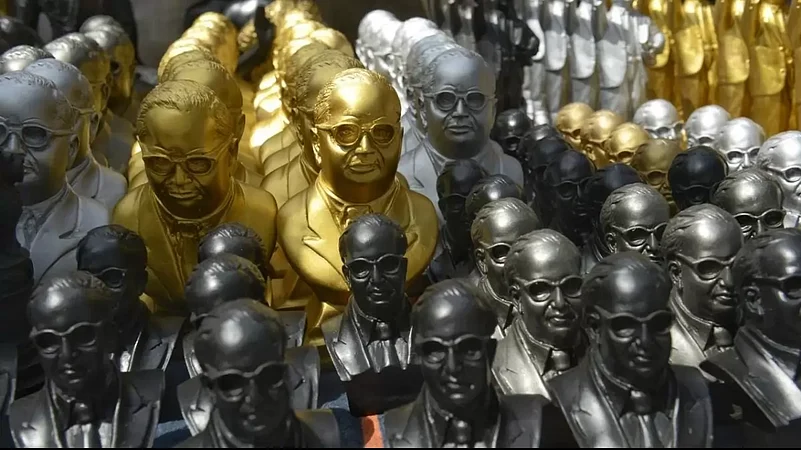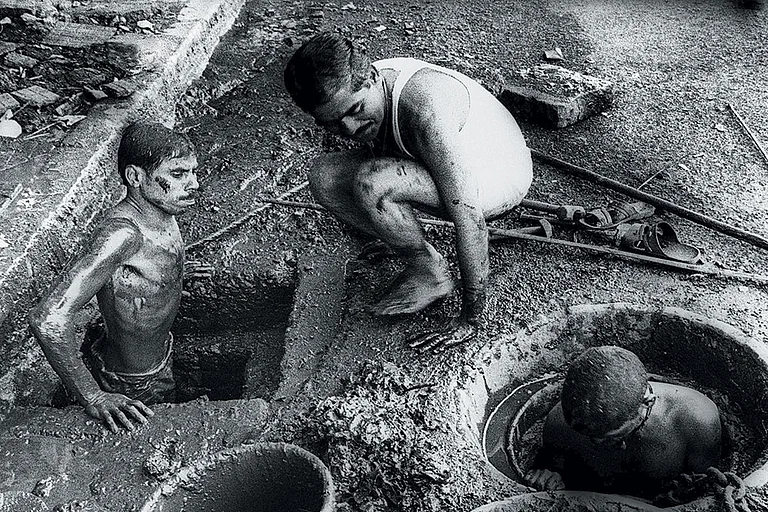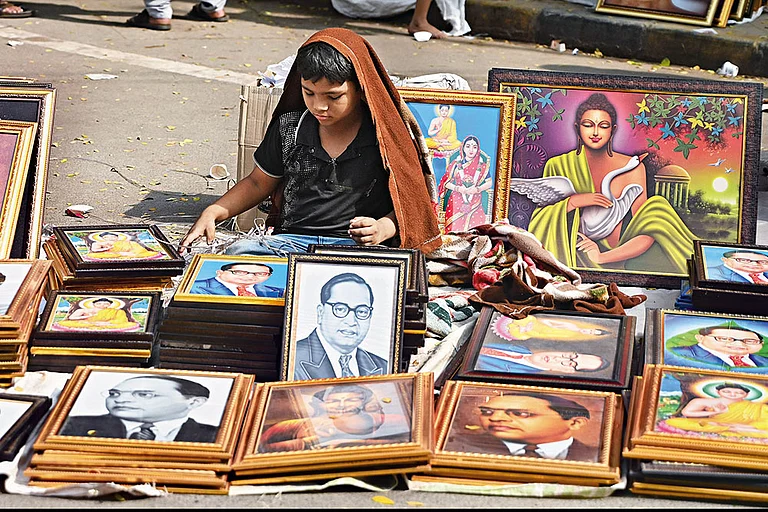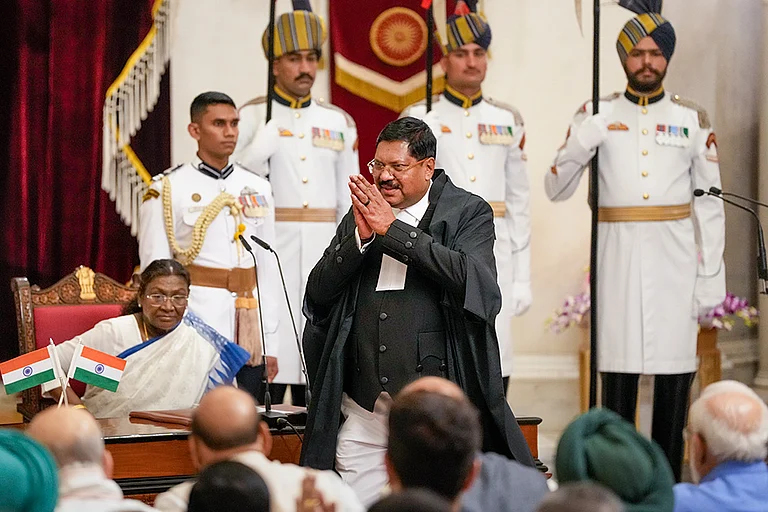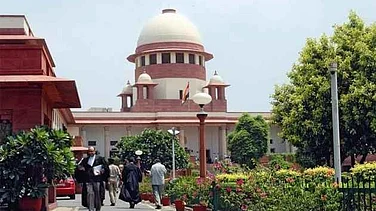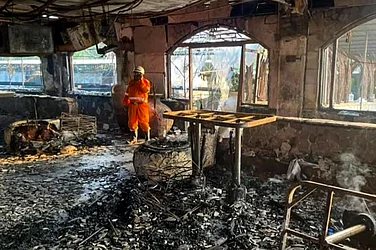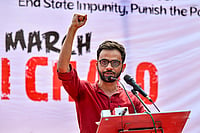History provides one with a sense of identity and belongingness. By making it possible to revisit elements preserved from the past, it allows for the ability for one to make sense of the present. But “history” seems to be a luxury that many communities across the world have been denied.
In India, Dalit communities - which consist of over 20 crore people as per the 2011 Census, have not only faced oppression but also erasure from the pages of history. To reverse this historic injustice, Dalit History Month is observed in India and across the world, as a way of remembering Dalit icons, culture and history.
The word Dalit was first used in the context of the community by Maharashtrian social reformer and activist Jyotirao Phule to describe the erstwhile titled “untouchable” or lower castes. The word was widely used by activists like Ambedkar to symbolise all oppressed classes (the term was a direct translation of the “Depressed Classes” category of the British that lasted till 1935. It was meant to denote a person who was not part of the four-fold varna system in India that put Brahmins on top and Dalits at the bottom.)
Since most formal history has been written by and about upper caste communities, Dalit histories including the history of oppression and empowerment, remain largely missing from school textbooks and in turn, the nation’s collective conscience. This means that stories about the lives and lived experiences of Dalits, and their distinct cultural, social and religious identity remain hidden from mainstream discourse, even decades after the formal abolition of the caste system in 1948. The lack of formal documentation also helps gloss over the history of violent oppression, subjugation and discrimination perpetuated by upper caste communities in India against Dalits and also the long struggle for emancipation and equality fought by the community.
In 2021, leading Dalit writer Sharan Kumar Limbale accused mainstream historians of deliberately ignoring the history of Dalits and Adivasis among others.
Preserving History and Creating Awareness
There can widely be two aspects to history - its creation and its preservation.
Dalit History Month not only tries to retrieve and preserve bits of Dalit history (including literature and art) that were hitherto buried or lost to time. It also tries to create new awareness and narratives around Dalit rights and emancipation that are evolving with contemporary socio-politics. It not only helps highlight the lives and works of Dalit communities and icons but also helps situate the historic struggle with the present context which is far from perfect.
Even today, despite the abolition of untouchability and criminalisation of caste-based discrimination, Dalit socio-political spaces remain limited and the question of exclusion is often marred by debates about “creamy layer” Dalits.
Caste-based violence continues to remain high across states and censorship of Dalit voices critical of existing government or systems is not uncommon. Just recently, Mumbai Police lodged an FIR against Dalit rapper Umesh Khade for a hard-hitting song about poverty and social injustice.
In 2022, Dalit activist Harohalli Ravindra was arrested by Karnataka Police for a social media post he had made in 2017.
In 2018, several Dalit activists and scholars including Sudhir Dhawale, Surendra Gadling, Shoma Sen, and Mahesh Raut, were arrested in connection to the violence at Bhima Koregaon. Authors like Duraiu Guna and Kancha Ilaiah have also faced house arrests and detentions.
The recent increase in suicides among Dalit students in higher educational institutions has once again drawn attention towards caste-based discrimination in such spaces.
Nevertheless, the focus on Dalit studies, especially after the Dalit Panther movement of the 70s, urged many Dalits to take up education and allowed them to look at Indian history through a caste lens. Inspired by Black History Month in the United States, Dalit History Month emphasises the need to create spaces for celebrating Dalit culture and history by way of uplifting the community today from social, educational and economic backwardness and also by instilling a sense of pride in the community’s own past, lived existence, wisdom and courage.
The Dalit History Month collective originally included young and vocal Dalit rights activists and feminists like Thenmozhi Soundararajan, Christina Dhanaraj, Maari Zwick-Maitreyi, Sanghapali Aruna, Asha Kowtal, and Manisha Devi. The movement has since evolved into a people-led initiative and is celebrated by individuals and institutions at their own level.
In keeping with the celebration, Outlook is revisiting some of its previous covers including ‘Cast In Stone’ which looked at the politics of iconography and appropriation, ‘Out Of Syllabus’, which looked at the erasure of Dalit and subaltern histories/literature from syllabi and collective memory, ‘Caste Faultlines’ which looked at caste and its intersections with contemporary politics, and other individual stories from a vast array of issues that highlight various aspects of Dalit history and identity.






